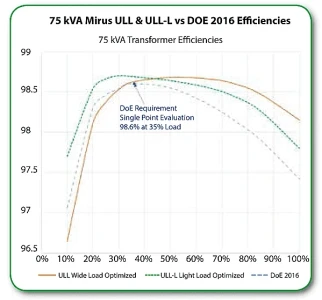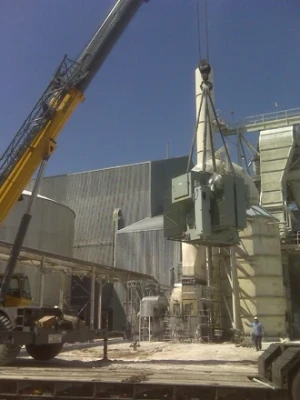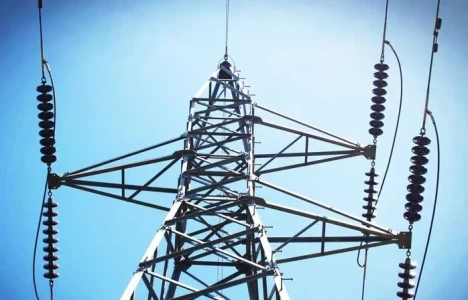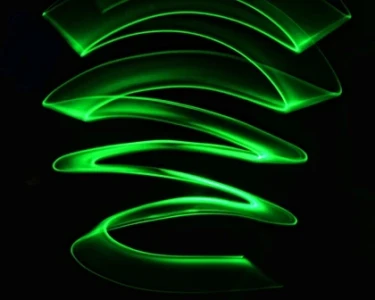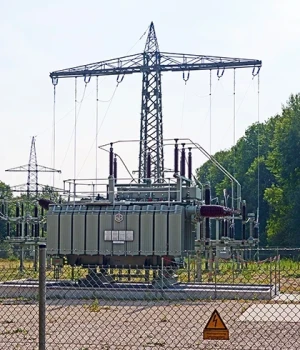Special Power: ‘Flexible Transformer’ Could Become The Grid’s New Superhero
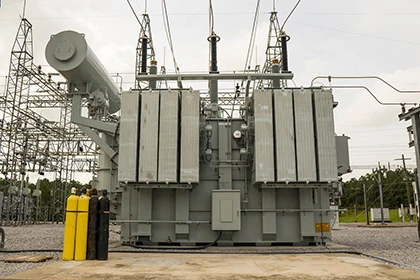
The world is mobilizing to meet net-zero emission targets over the coming decades, and it seems that everywhere you look, countries are erecting wind turbines in the fields and off the coasts, switching from coal to natural gas, adding hydropower storage, and studying the next generation of nuclear reactors. One component common to all these efforts, though, remains mostly out of sight of the public, if not out of mind for electrical engineers working to make this global energy transition happen. The component is the electrical grid.
Electrical grids are huge power networks with millions of branches that reach from power plants to homes and businesses and ferry electricity sometimes across entire countries. Despite their massive size, they must always maintain a delicate balance between demand and supply to keep the system from crashing down.
This balancing act was hard enough when power moved one way from conventional power plants with predictable output to consumers. Adding power-hungry and highly variable loads like electric vehicles and weather-dependent energy sources like wind and solar farms to the push-and-pull, including homeowners with rooftop panels who can now sell power back to the grid, raises this complexity to a new level.
“The grid is the largest industrial system built by mankind,” says Vera Silva, chief technology officer at GE Renewable Energy’s Grid Solutions unit. She says that the modern grid must “facilitate the access” to all of these sources while ensuring “that the system is working like a Swiss clock.”
Keeping everything in balance and working — in an era when freak weather events can suddenly bring portions of the power system to its knees — is even more impressive when you realize that much of the technology that forms the backbone of the grid was invented more than a century ago. But GE and Prolec GE engineers are now working to make the job of utilities and grid operators easier. They are developing a new kind of “flexible” transformer” that could help protect the grid from contingencies like power line failures or extreme weather, help prevent severe outages and restore power faster when they happen, and help operators bring more renewables online. At the same time, it could also make the modern grid cheaper to build and maintain.
Read the full article in our Transformer Technologies Special Edition

